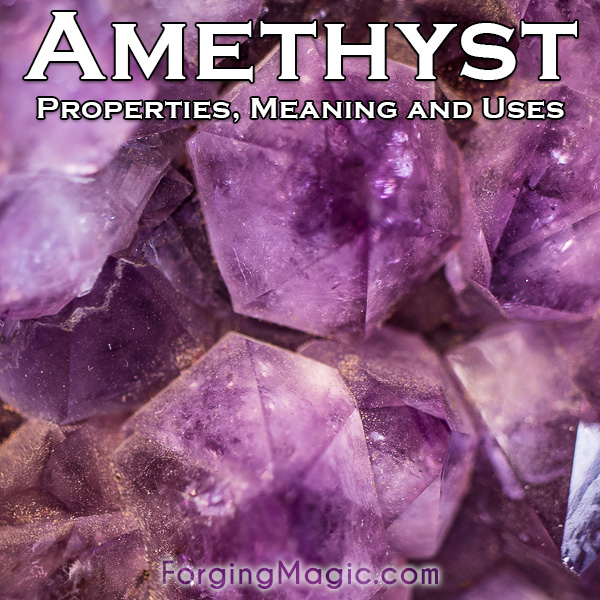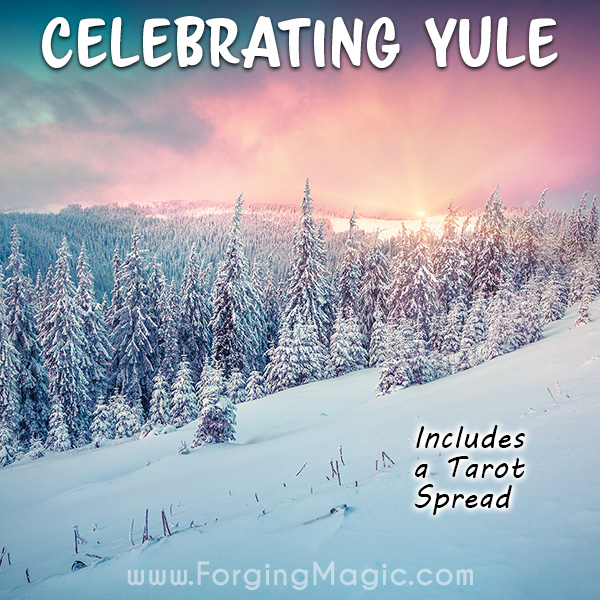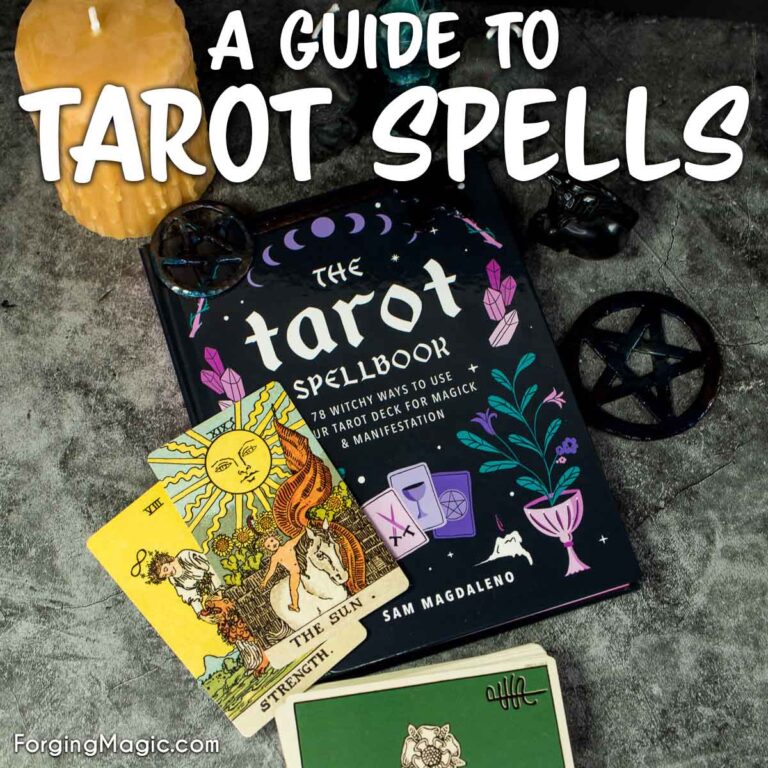How To Pick Your First Tarot Deck
Tarot has come a long way from a card game to a spiritual tool for self-development. Maybe you’ve had tarot reading that had an impact on you. Or maybe your friend reads tarot. Either way, you’re intrigued and have started thinking about having your very own tarot deck.
How To Get Your First Tarot Deck

Disclaimer: This article may contain commission or affiliate links. As an Amazon Associate I earn from qualifying purchases.
Then, when you get started browsing the internet excitedly searching tarot, you may have read things like, “you have to be gifted your first deck”. Or you see so many options, you’re not sure where to start! In this article, we will break this down for you so you can purchase your first deck feeling confident and excited.
A Brief History of Tarot
Though there isn’t a precise date to give to the birth of tarot, most historians agree that tarot originated as a card game, with the minor arcana possibly based on 15th century Egyptian playing cards known as the Malmûk cards. Tarot was used for gambling as opposed to divination at this time.
The earliest appearance of the major arcana, the 22 trump cards, appears in Italy around the mid 15th century. At this time, these were considered fine works of art, sometimes painted with gold leaf. These were expensive and were generally kept away in fine boxes.
To this day, many decks have been created that feature the most stunning artwork. The art is one of the things that draws people to particular tarot decks.
Examples of these fine art tarot decks have been found in countries such as Italy, France, and Germany. The artwork was influenced by European court life and public figures at the time.
We can speculate about the first tarot deck, but not all tarot scholars agree on this point. However, some tarot scholars suggest the first tarot deck was created for the Visconti family in Italy in 1455, making it at least one of the first decks to have the major arcana as well as the minor.
In any case, we can say that tarot has been around for hundreds of years, has roots in Eastern and Western cultures, and has shifted from a game of playing cards to a tool used for divination, as well as, spiritual and personal development.
Learn more about – What is Tarot?
The “It Has to be a Gift” Notion
Since tarot has been around for hundreds of years, across continents, cultures, and languages, there is much we don’t know. For a long time, many people believed that your first tarot deck had to be gifted to you.
There is some speculation around the origins of this tradition. It may be cultural, suggesting that certain cultures passed down tarot cards in a particular fashion. In this case, this is a culture-specific tradition rather than a general tarot rule.
Other tarot writers suggest that it was in Victorian England that this idea took hold on a wider audience. To keep their cards and the experience more mystical, tarot readers may have taken up the gift tradition to make what they do seem more mysterious and less accessible.
Nowadays, with the printing press and the ability for so many people to create, sell, and purchase tarot decks, the gift notion has been challenged. More people are tuning into their inner guidance, which is important when deciding to embark on your tarot journey.
In short? Some cultures may practice the gift tradition, but if that’s not your culture, then this tradition may not be for you. The world needs more magic and intuitive people seeking healing. If tarot calls to you, heed the call.
Are All Tarot Decks the Same?
While all tarot decks follow an almost identical structure of 22 major arcana cards and 56 minor arcana, there are a few differences between tarot decks. Namely, there are three main deck types after which most decks are modelled. Here I provide a brief overview of the differences between the three types, but you could right an entire book on how the decks differ and compare. But let’s cover some of the high level differences here.

The Tarot de Marseille
This is the oldest known tarot deck used for divination. Created in France in the mid 17th century, the Tarot de Marseille is a great deck to read and to study. There are a few differences, the most important being the artwork in the minor arcana.

The minor arcana roughly translates to “little secrets.” These 56 cards are comprised of four suits, similar to a playing deck of cards. In the Tarot de Marseille, the cards 1 – 10 of the suit are illustrated by the number of the object of the suit being represented on the card.
This is different to other tarot decks, as there is not more specific imagery to help beginners understand the card’s meaning. For example, the 4 of Cups in the Tarot de Marseille is just four cups. In the Smith Rider Waite deck, it’s an image of a bored looking person.
See how the bored person could tell you more about the meaning of the card than just four cups?
However, with all things tarot, trust your intuition and trust where you feel pulled. If the Tarot de Marseille is singing to you, trust that. It just means that you may need to do a bit more memorization. However, the major arcana and the court cards are still wonderfully illustrated.
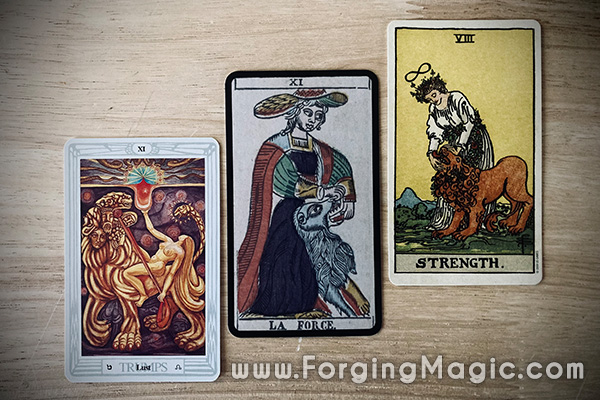
The Smith Rider-Waite Tarot
Published in 1908, this is the deck that most modern decks are now based of off. Created by Arthur Edward Waite and illustrated by Pamela Colman Smith, this deck changed the way we view and study tarot. Colman Smith also illustrated the minor arcana, changing the deck forever.

Waite was the sometimes leader of the Order of the Golden Dawn and Colman Smith was a talented artist. It is really Colman Smith who we can thank for the lasting impression and messages of this deck. Sometimes known as “The Pixie,” her artistic interpretations gave new life and depth to the cards.
And take it from me, as someone who has been consistently studying about and reading tarot for well over a decade, you can study her tarot artwork for years and still find surprises. It’s the magical gift of study that keeps on giving.
I consider this the best deck for beginners, or at least decks based on this one. Why? Because of the comprehensive illustrations. When you see the 4 of Wands and it’s a celebration, you already know that this card has a message joy and coming together.
The 4 of Wands in the Tarot de Marseille and other decks are just four wands. While this is still great, for the beginner, it does not give the illustrative visual clues to the meaning of the card that are so helpful in the Smith Rider-Waite.
Note: I refer to this deck as the Smith Rider-Waite, but you may find it more commonly referred to as the Rider-Waite. Waite is the author and Rider is the publisher. Some modern readers include Smith’s name to give her the recognition she deserves for her lasting artwork.
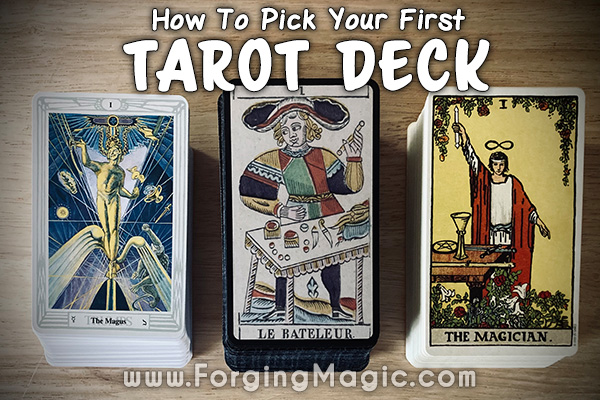
The Thoth Tarot
Created by Aleister Crowley and illustrated by Lady Frida Harris in 1944, the Thoth tarot (named for the Egyptian god) of is the newest addition to the main three decks. Crowley was a somewhat notorious occultist, and the opinions range greatly on his antics and his tarot.

Crowley wanted the tarot to be more abstract, having Harris incorporate more symbolism rooted in alchemy, astrology, the Cabala, Ancient Egyptian, and Celtic mythology, among others. Fascinating, but not as easy to identify with off the hop.
There are notable differences between the Thoth tarot and the other decks. For example, Strength is called Lust and the 7 of Pentacles indicates failure. However, Crowley stuck with the previous numerology of the tarot, leaving Justice as number 8 and Strength as number 11.
Waite changed Justice to number 11 and Strength the 8. That is another article for another time.
In short, the Thoth tarot is fascinating but not as accessible as the Smith Rider Waite. However, if it calls to you, always trust that call. It is a fascinating study into other branches of occultism, which a tarot student may find rewarding.
Buying Your First Tarot Deck
Many modern tarot readers subscribe to the belief that if you feel called to read tarot, then that’s all the permission or validation that you need. Feel free to seek out a tarot deck and make that magical purchase.
You can find deck flip throughs on Facebook, Instagram, and YouTube. This is where someone shows the artwork on each card of a tarot deck. You can just search the deck you’re interested in and you should find an option for a flip through video.
Certain metaphysical stores may have open decks that you can look through so that you can see if the illustrations speak to you. It really is the calling of the illustrations to our subconscious that matters.
Tarot is the language of the soul, and it speaks through feelings and visions. Buying your first deck, and the subsequent decks, is the practice of hearing and responding to the call of your soul.
Quick Summary of the Tarot
A tarot deck is a deck of card used for divination purposes comprised of 78 cards. There will be 22 major arcana and 56 minor arcana cards. There may be additional cards if the creator has felt called to create them. For more information, see my article What is Tarot for more.
You will know it is a tarot deck if it follows this structure. It the deck says it’s a tarot deck but has only 60 cards, then it’s an oracle deck. I am not a fan of deck creators doing this, as I find it misleading. But to each their own.
Learn more about Oracle Cards vs Tarot Cards
The major arcana (roughly translated to “big secrets”) represents the larger energies and lessons that we experience in our lives. The minor arcana represents the everyday feelings, situations, and people that we encounter.
I compare this to the macro vs the micro. While the macro (bigger events aka the major arcana) represents larger energies, we are wise to remember that it is the micro (everyday energies and actions) that makes up the majority of our lives.
TLDR – How To Pick Your First Tarot Deck?
In short, I suggest the Smith Rider-Waite, or decks based on this one, as the best decks for beginners. Aren’t sure if the deck you’re interested in is based on this one? Ask the magical employee at the metaphysical store or contact the deck creator. They will be happy to help and answer your questions. A quick Google search can also come up with loads of information on a deck.
Go ahead and buy your own deck. In a world that has tried to flatten magic so completely, deciding that you will embark on magic and then buying your own deck is a powerful act of magical reclamation.
And above all? Trust yourself and your intuition. Your soul will guide you to the right deck by your feelings. What you feel called to is for you. Enjoy this exercise in trusting yourself. And always, enjoy and trust your own magic with the tarot. Your heart and soul know.
More Beginner Tarot Resources
Check out all of these incredible resources that we love from our magic bookshelves.
Free Tarot Journal Pages
Join the Forging Magic Mailing list and get our Tarot Journal pages free!


Jenny McCargar
The Mystic Mermaid
Jenny is a professional shamanic practitioner and tarot reader. Her academic background is in French and Spanish translation studies. Through her academic and spiritual studies, she realized we are all spiritual translators, translating our feelings, experiences, and messages from spirit. Jenny endeavours to help people see the light within themselves, each other, and nature, to dream a healed dream into being for ourselves and the world.






